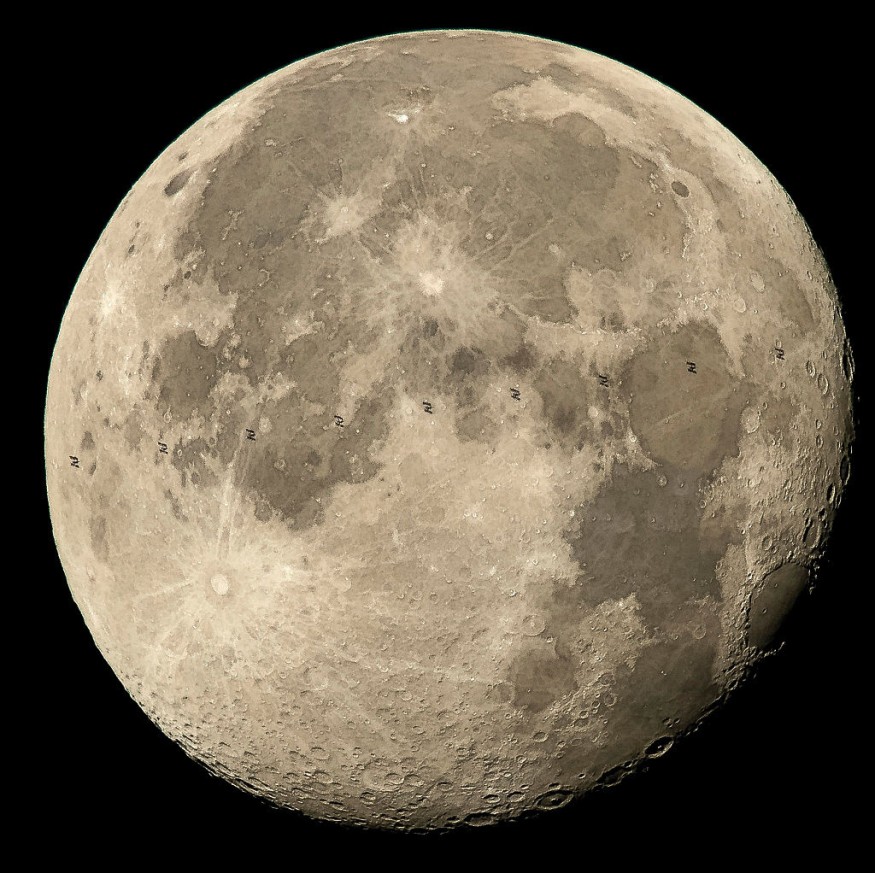Ancient lunar volcanoes were previously thought of as almost non-existent when it comes to Earth's moon.
Being our planet's natural satellite, the Moon has provided us not only with reflective light from the Sun in the night sky but also contributed to a relatively stable climate and ocean tides due to its strong gravitational pull.
However, a new study showed that our neighboring celestial body may also provide us with other benefits in the form of drinking water or space rocket fuel water for future space travelers.
This is based on reported ancient volcanoes that erupted on the moon billions of years ago.
The lunar volcanic eruptions reportedly created clouds that contained carbon monoxide and water vapor, forming a short-lived lunar atmosphere that lasted for millions of years.
Scientists believed that this space phenomenon may have left potential water resources not visible to us.
Since its formation after the solar system, the Moon has stood by with our planet, stabilized by gravitational orbits.
In light of the new research, it appears that the moon can also help boost space exploration aside from just being merely our space neighbor.
Lunar Volcanoes and Water Ice

In the new paper published in the journal The Planetary Science Journal on May 3, scientists from the University of Colorado Boulder (CU Boulder) believed ancient volcanoes on the Moon billions of years ago may have caused a vast residue of H20 in the form of water ice from polar ice accumulation caused by volcanic eruption-triggered transient atmospheres on its surface.
The US-based study claimed that this water exists in the lunar poles, specifically in the Moon's northern pole and south pole.
However, the research team acknowledged the the exact abundance, distribution, and origin of this natural resource are not fully understood.
Volcanic Outgassing
While the hypothesis of the research was not derived from physical sampling collection, the CU Boulder researchers constructed a model; which determines that the accumulation of the lunar polar water ice came from volcanic outgassing.
The team's model suggested that approximately 41% of the total H20 mass that was emitted from the lunar volcanic eruptions during the prehistoric period may have condensed as ice in the Moon's polar regions.
The assessment was also based on mapping water ice distribution and abundance through current surface temperature data taken from the Lunar Reconnaissance Orbiter.
Moon Appearance
In a media release of CU Boulder on May 18, the university highlighted that its new research that the ancient volcanoes occurred in a series of eruptions covered the Moon with hot lava for hundreds of thousands of square miles.
The emission of lava and its drying have apparently contributed to the "familiar appearance" of the Moon as we know it as a dark grey floating in the vastness of space, according to the study's authors.
Nevertheless, such physical features have also hinted at the potential drinking water hiding in the Moon all along.
In comparison, the team's simulation model showed the appearance of the Moon was almost similar to Hawaii between 2 billion and 4 billion years ago.
The only difference is that our natural satellite contained tens of thousands of volcanoes erupting on the surface, reaching a peak every 22,000 years, based on the simulation.
Prior to the CU Boulder study, the National Aeronautics and Space Administration (NASA) confirmed for the first time in October 2020 that its Stratospheric Observatory for Infrared Astronomy (SOFIA) detected water on the sunlit surface part of the Moon.
The NASA discovery paved the way for the continued decades-long curiosity regarding the possibility of water being distributed on the lunar surface.
Related Article: Blood Moon Causes Intense Earthquakes Across the Globe
© 2025 NatureWorldNews.com All rights reserved. Do not reproduce without permission.





